Mario Vargas Llosa

“El amor es lo peor que hay. Uno anda hecho un idiota y ya no se preocupa de si mismo. Las cosas cambian de significado y uno es capaz de hacer las peores locuras y de fregarse para siempre en un minuto”
-La Ciudad y Los Perros
I S S
HMario Vargas Llosa was born into a midlle-class family in Arquipa, Peru. His parents got divorced when he was young, so he grew up with his grandparents in Cochabamba, Bolivia.
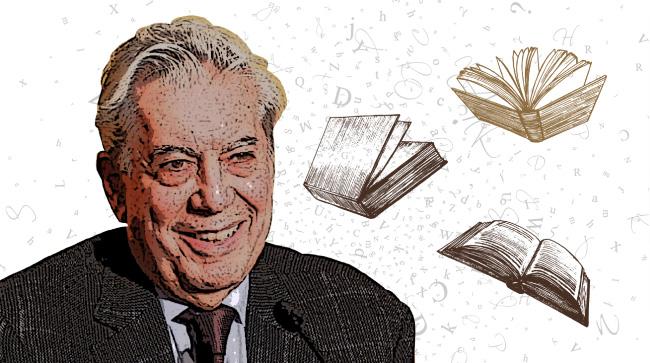
Llosa developed an interest in poetry when he was young but his father did not approve of it so he ended up enrolling him at the Leoncio Prado Military Academy in Lima.
TA year before his graduation Llosa dropped out of the academy and completed his studies in Piura and worked as a journalist at a local newspaper.
O R Y
In 1953, he entered the national University of San Marcos where he studied literature and law.
Llosa is a Peruvian novelist, journalist, essayist and also a former politician.
Nobel Prize Winner in Literature

His literary works, starting with “The Time of the hero” written in 1963, is one of the key novels which pioneered the ‘Boom’ period in Latin American literature “for his cartography of structures of power and his trenchant images of the individual’s resistance, revolt, and defeat.” Llosa also won the Miguel de Cervantes Prize, the Spanish-speaking most distinguisehd literary honor as well as the Biblioteca Breve Prize, the Planeta Prize, the Principe de Asturias en las Letras Prize and the Romulo Gallegos Prize.
Also, on December 2010 Llosa won the Nobel Prize in Literature. He was the firs holder of the award at the Academia Francaise since Francois Mauriac.
The Monument

Why Llosa deserves a monument:
He is one of the most important and outstanding contemporary authors in Spanish.
Llosa is a writer whose commitment to social change is evident in his novels, plays, and essays.
He has written 18 novels and at least five of them considered by critics to be of great literary significance.
In the monument Llosa is standing and reading a book that he is holding with both hands. Behind him there is a small bookshelf that contains some of the books he has written.
First Location
Why: Llosa was an important writer not only in Spanish-speaking countries but all around the world. This location might attract students to read about his life and enter the library.
 Fenwick Library at George Mason
Fenwick Library at George Mason
Second Location
Plaza de Armas in Arequipa, City in Peru
Why: Llosa was born in Arequipa so it is the perfect location to show where he came from. This location serves as a starting point for most sightseeing tours and it is the historic center of Arequipa.
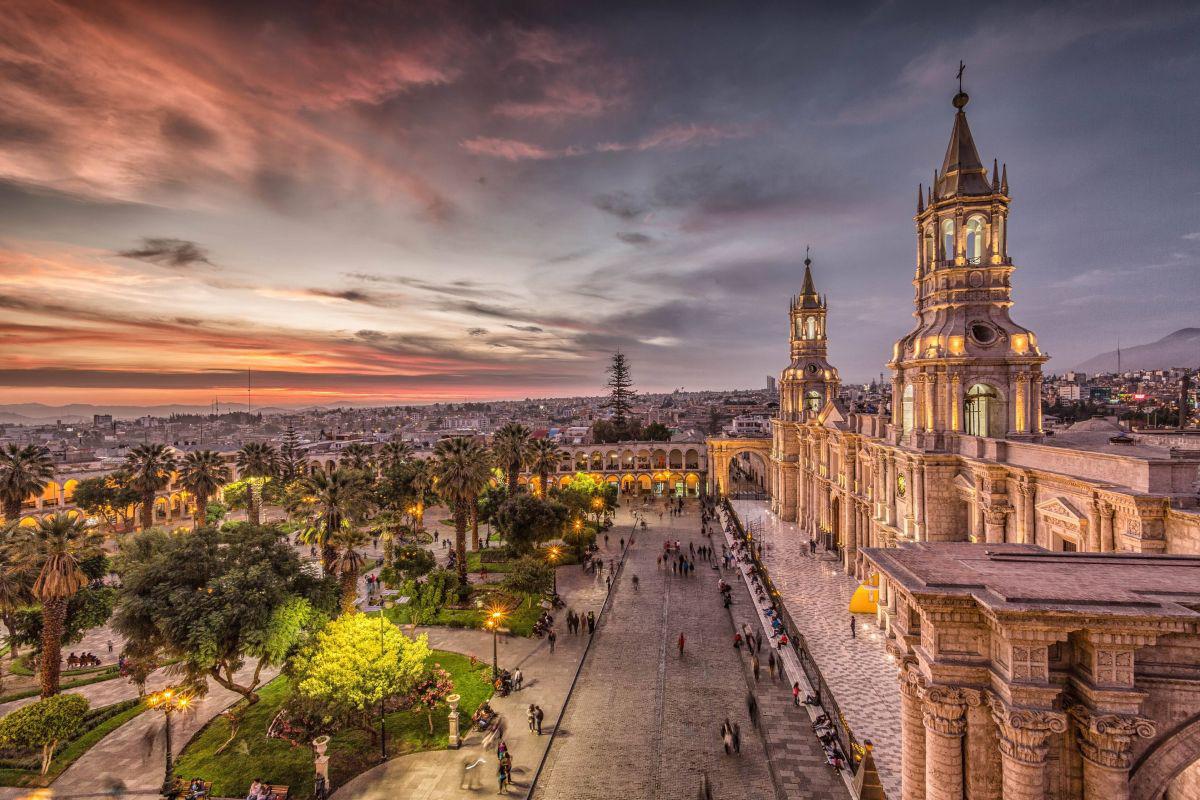
Mario Vargas Llosa’s
“The Time of the Hero” (la Ciudad y los Perros) was written in 1963. His most acclaimed book and a milestone in the hispanic novel because he was the first to introduce a modernist style in his writing.
- The inspiration for this novel was the time he spent between 1950 and 1951 in the Leoncio Prado Military Academy.
- The book dramatizes an act of rebellion by the cadets at Peru’s Leoncio Prado military academy, which led to copies of the book being burned on the school’s parade ground.
- It was translated into more than a dozen languages.

-
“We all believe in the regulations, but you have to know how to interpret them.”
-The Time of the Hero
Best Selling Book
- His literary work reflect his loathing of arbitrary manifestations of power and the absence of law which enables the strongest to impose their will.
- This novel describes adolescents striving for survival in a hostile and violent environment. The corruption of the military school reflects the larger malaise afflicting Peru.
- It was filmed twice: in Spanish (1985) and in Russian (1986), the second time as Yaguar.
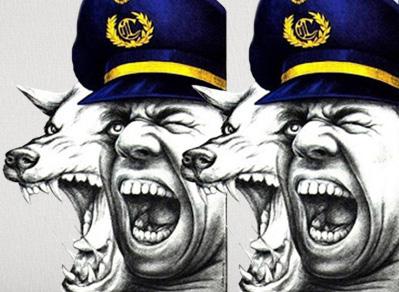
Llosa’s
“Al Peru yo lo llevo en las entranas me forme, y vivi aquellas experiencias moldearon mi personalidad, fraguaron alli ame, odie, goce, -elogio de la lectura y la ficcion.
“i carry Peru deep insde me because grew up, was formed, and lived hood and youth that shaped my calling, and there I loved, hated, dreamed”
-Nobel lecture.
because that is where I was born, lived those experiences of childmy personality and forged my hated, enjoyed, suffered, and dreamed” lecture.
entranas porque en el naci, creci, experiencias de ninez y juventud que fraguaron mi vocacion, y poque goce, sufri y sone” ficcion. dircurso del Nobel
His Interest
Observing the corruption of elites and the inequalities of Latin American society led Vargas Llosa to socialist politics.
In the 1960s, Vargas Llosa remained committed to socialism and to his role as an engaged intellectual, writing on current affairs and advocating for political change.
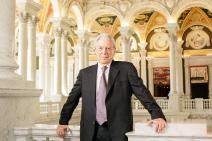
He said writers had an important role to play in social transformation.
Llosa believes that writing great literature was a politically radical act, one that would help bring revolution to Peru and the rest of Latin America.
By the late 1980s, when Peru’s President Alan García sought to nationalize the country’s banks and financial institutions, Llosa decided to enter the race for the presidency himself.
However, he lost in the second round to Alberto Fujimori, who then shut down congress and established a despotic and corrupt dictatorship for which he is currently serving a sentence.
Since 1990 Vargas Llosa has published a fortnightly column in the Spanish daily newspaper El País, which is reprinted in different media sources all over the world.
There he states his opinion regarding the most important current political, social and cultural events.
Interest in Politics
All of Mario Vargas
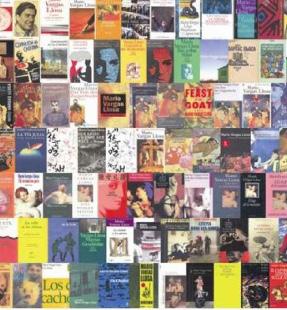
15
Vargas Llosa’s Work
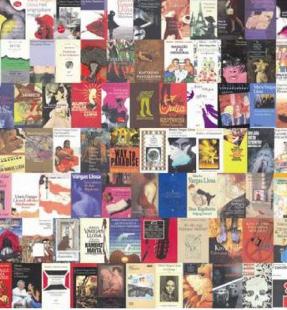
16
Arequipa, Peru’s second largest city.
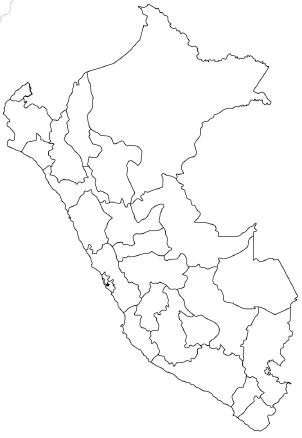
arequipa
A R E Q U I P A



O M E
O
H
T
W N
Mario Vargas Llosa’s work will always be present in Peruvian society, history and all around the world.





 Fenwick Library at George Mason
Fenwick Library at George Mason









